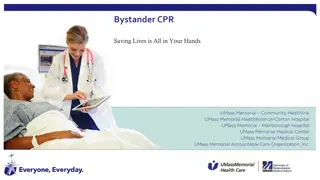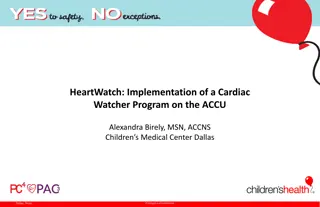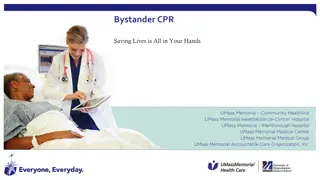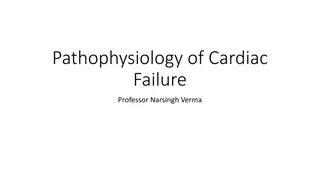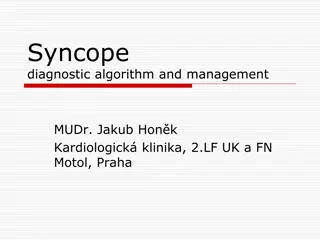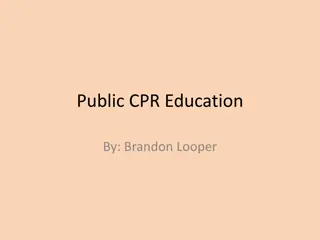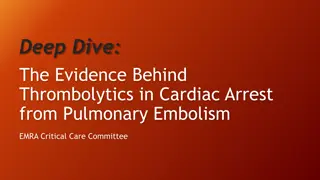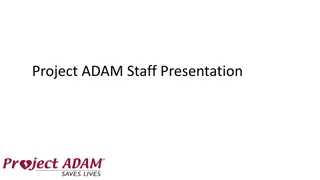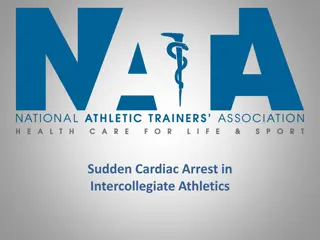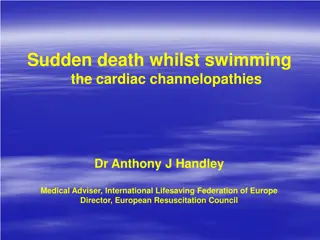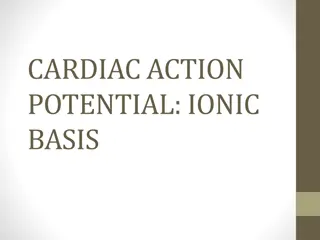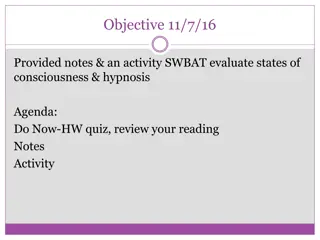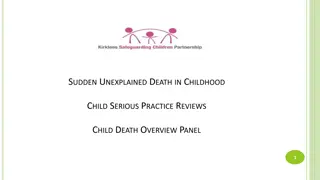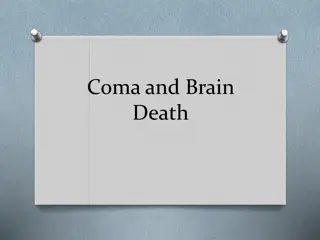Understanding Loss of Consciousness and Sudden Cardiac Death in Children
Loss of consciousness, including syncope and sudden cardiac death, is a significant concern in pediatric patients. The epidemiology shows that approximately 25% of children experience at least one episode of loss of consciousness before the age of 19, with girls visiting pediatricians more than boys. While most cases are benign, differentiating between reflex syncope and cardiac syncope is crucial for proper management and risk assessment. Sudden cardiac death, particularly in adults, has distinct etiologies and mechanisms, highlighting the importance of prompt intervention such as AED and CPR.
Download Presentation

Please find below an Image/Link to download the presentation.
The content on the website is provided AS IS for your information and personal use only. It may not be sold, licensed, or shared on other websites without obtaining consent from the author. Download presentation by click this link. If you encounter any issues during the download, it is possible that the publisher has removed the file from their server.
E N D
Presentation Transcript
Loss of consciousness/Syncope Sudden cardiac death MUDr. Marko Bjelo evi , PhD. Pediatric Cardiac Center in Bratislava
Epidemiology - loss of consciousness 25% children (at least 1 loss of consciousness before 19 y. ) 1% of all pediatrician visits girls>boys peak: 8-16 years of age mostly benign
Loss of consciousness Syncope ( brain hypoperfusion convulsive reaction common) Reflex syncope (98%; benign) Vasovagal Orthostatic Situational (urinary ) Cardiac syncope (2%; malignant) Structural heart disease Arrhythmia Non-syncope loss of consc. Panic attack Trauma Epilepsy Hypoglycemia
Reflex syncope vs. cardiac syncope Onset (typical) While standing still (church) vasovagal After standing up (in the morning bathroom/near bed) orthostatic At the doctors (blood taking) - situational While doing sports (running after the ball) cardiac Diagnostic work-up Patient history syncope onset, family history (familial sudden death? recurrent syncope?) Physical examination (murmor ?) + blood pressure ECG Cardiologist Is the patient at risk of sudden cardiac death ??? Lifestyle changes no
Sudden cardiac death Onset: during exercise; while resting Epidemiology: <35y. 1:100k; >35y. 10-100:100k in 1 year Etiology: cardiac >35y. myocardial infarction,... <35y. long QT syndrome (LQTS) 30%, cardiomyopathy 30%,myocarditis 8%, WPW 8%, coronary anomalies 8%, Marfan syndrome with dissecting aneurysm 8%, heart commotion Mechanism: ventricular fibrillation -> asystole -> death AED (automatic external defibrillator) + CPR



